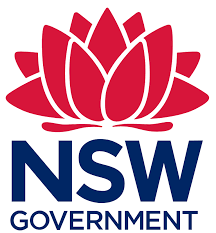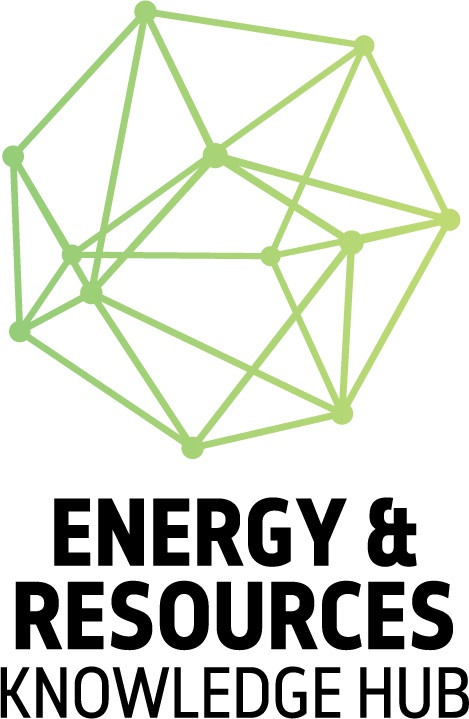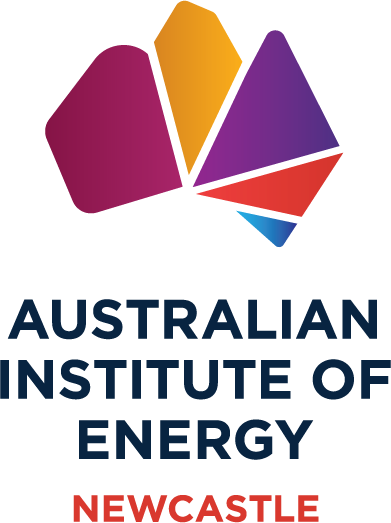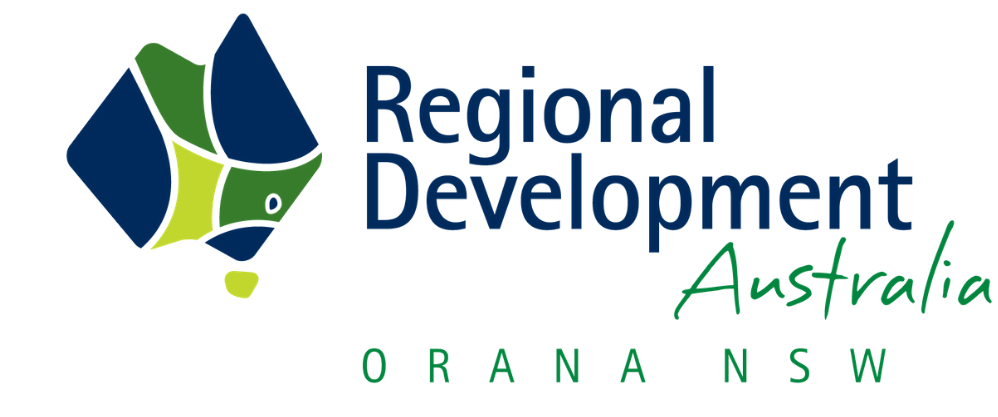Port Bonython, in South Australia, location of latest federal Hydrogen Hub commitment
The Australian and South Australian governments are combining forces with an initial investment of $100 million to boost infrastructure development at Port Bonython.

The Albanese and Malinauskas Governments have announced a grant agreement to develop the Port Bonython Hydrogen Hub near Whyalla, South Australia.
This strategic partnership aims to establish Port Bonython as South Australia's first large-scale export terminal for hydrogen, marking a pivotal step towards harnessing renewable energy resources and create regional job opportunities.
The commitment of both governments is expected to attract private sector investments, with the hub projected to host projects with a cumulative worth of up to $13 billion. It is anticipated that by 2030, the hub will generate as much as 1.8 million tonnes of hydrogen.
The comprehensive plan to develop a thriving hydrogen industry in the Spencer Gulf includes the creation of a hydrogen electrolyser, power station, and storage facility. The initiative, known as the Hydrogen Jobs Plan promises substantial job creation and economic growth for the region.
With vast expanses of available land and abundant solar and wind resources, making it an ideal location for large-scale renewable energy projects, South Australia is positioned to become a world-class, low-cost hydrogen supplier.
The Port Bonython Hydrogen Hub is just one piece of a larger puzzle. The Australian Government is investing in regional Hydrogen Hubs in various locations, including Pilbara, Kwinana, Gladstone, Townsville, the Hunter, Bell Bay, and Upper Spencer Gulf.
Through the Net Zero Economy Agency, the Australian Government is conducting a review of the National Hydrogen Strategy, and has set aside $2 billion for the Hydrogen Headstart program. These investments aim to facilitate a clean, innovative, safe, and competitive hydrogen industry that benefits all Australians.
As the global demand for clean energy investment intensifies, Australia is poised to play a significant role. By 2050, the hydrogen industry is projected to contribute $50 billion to Australia's GDP and create over 16,000 jobs in regional areas, as well as 13,000 jobs expected to be generated during the construction of renewable energy infrastructure to support hydrogen production.
“The global shift to clean energy and decarbonised economies is a huge economic opportunity for Australia," said Prime Minister Anthony Albanese.
“We are determined to grasp this opportunity and are investing half a billion dollars into regional hydrogen hubs all around Australia.”












